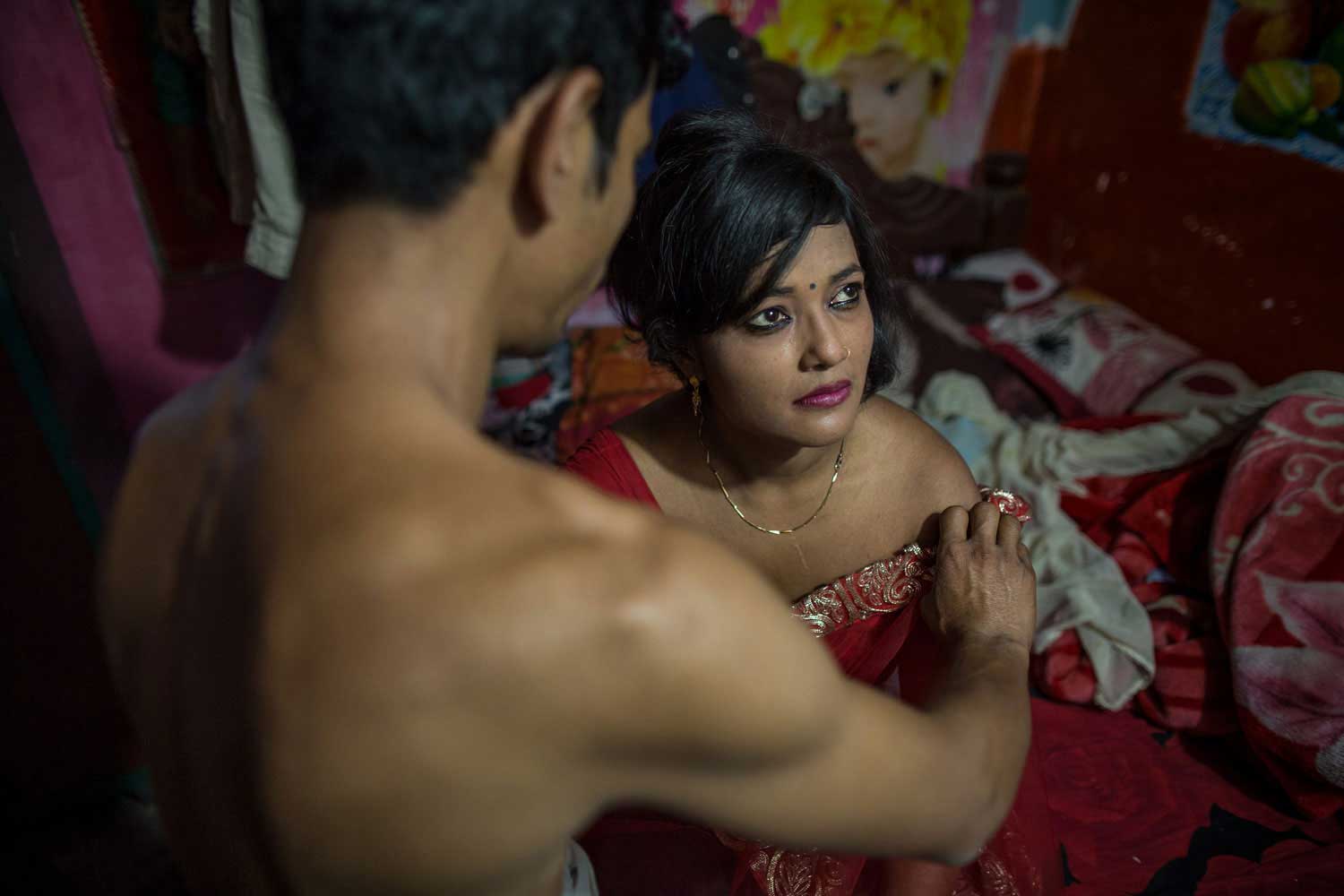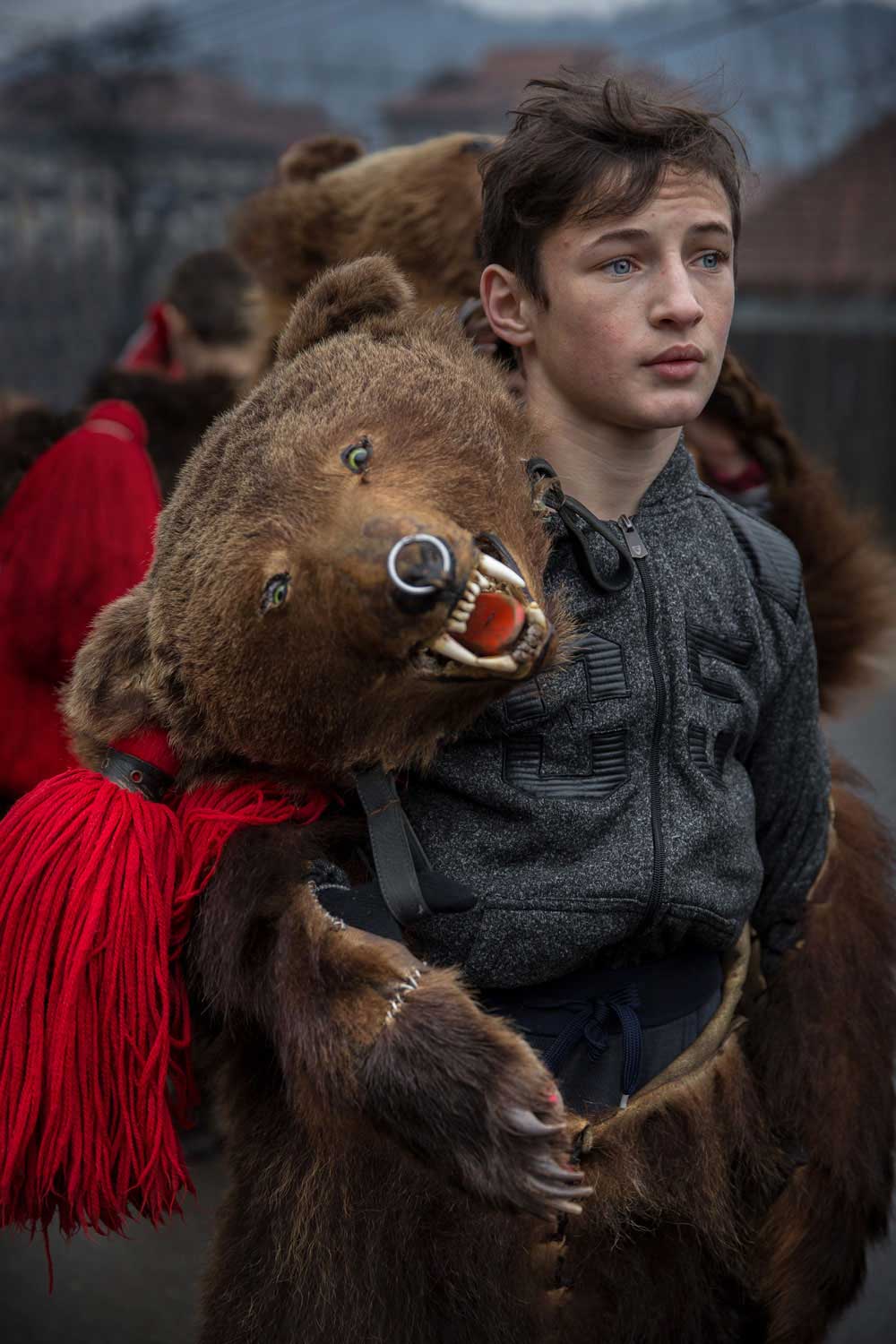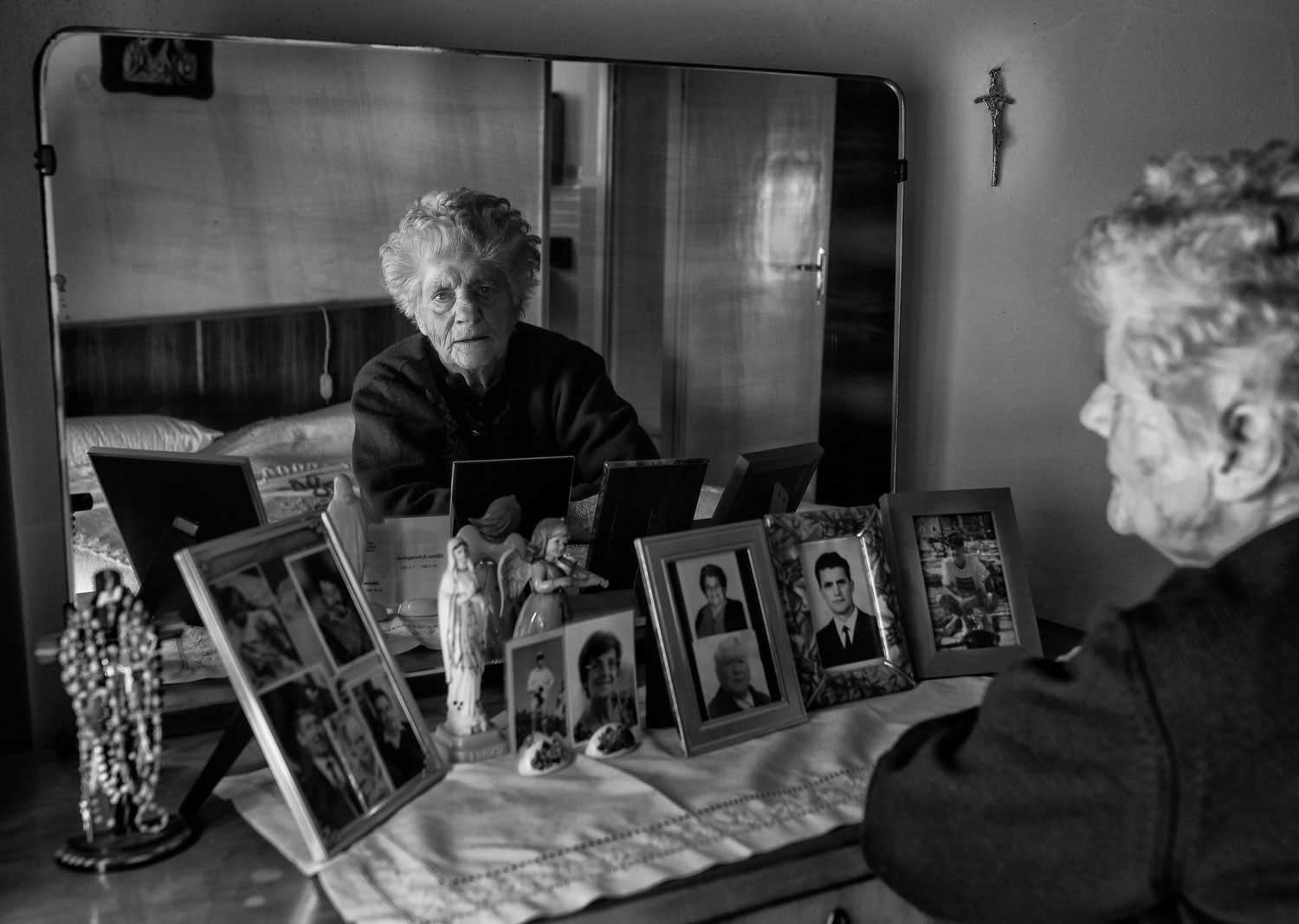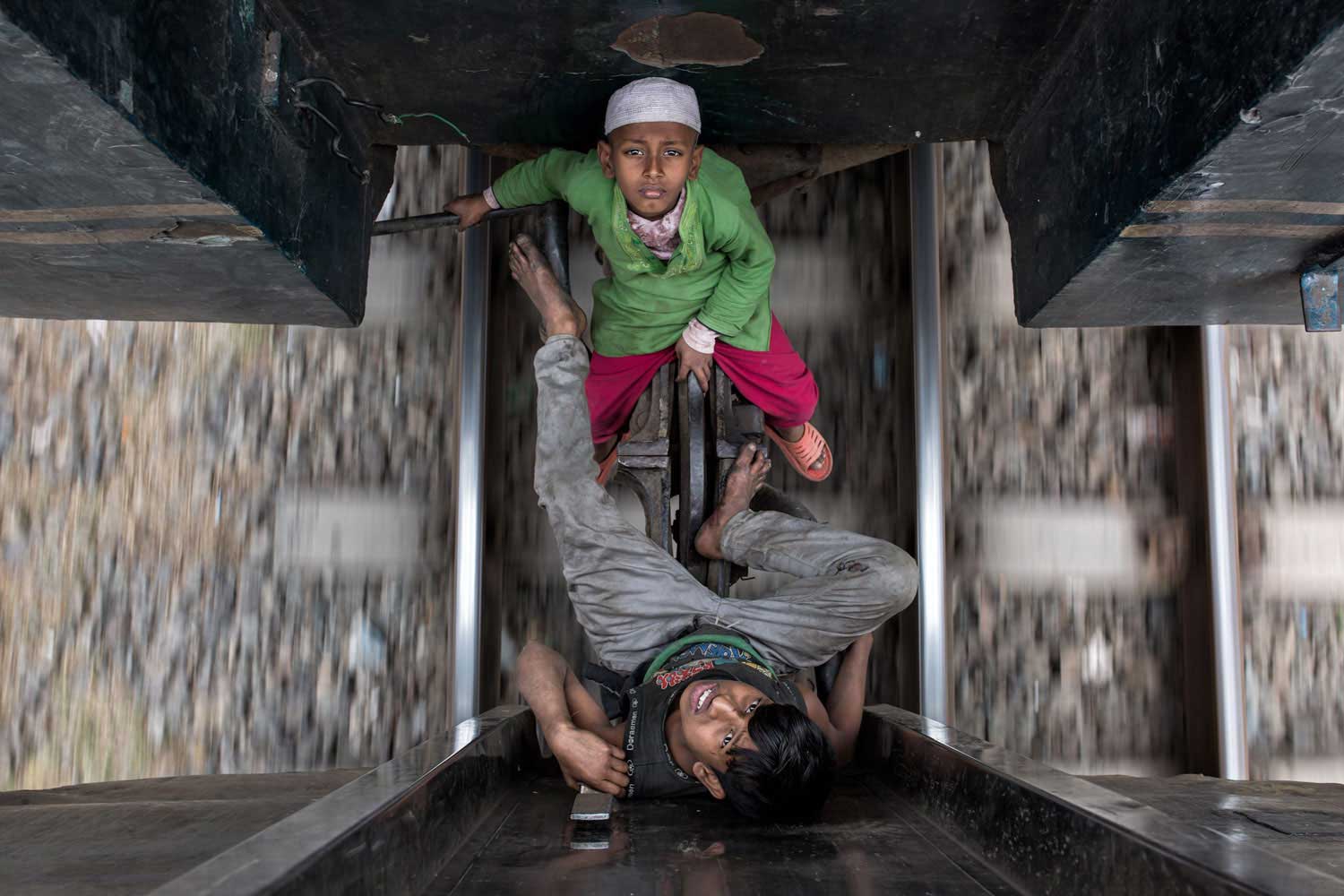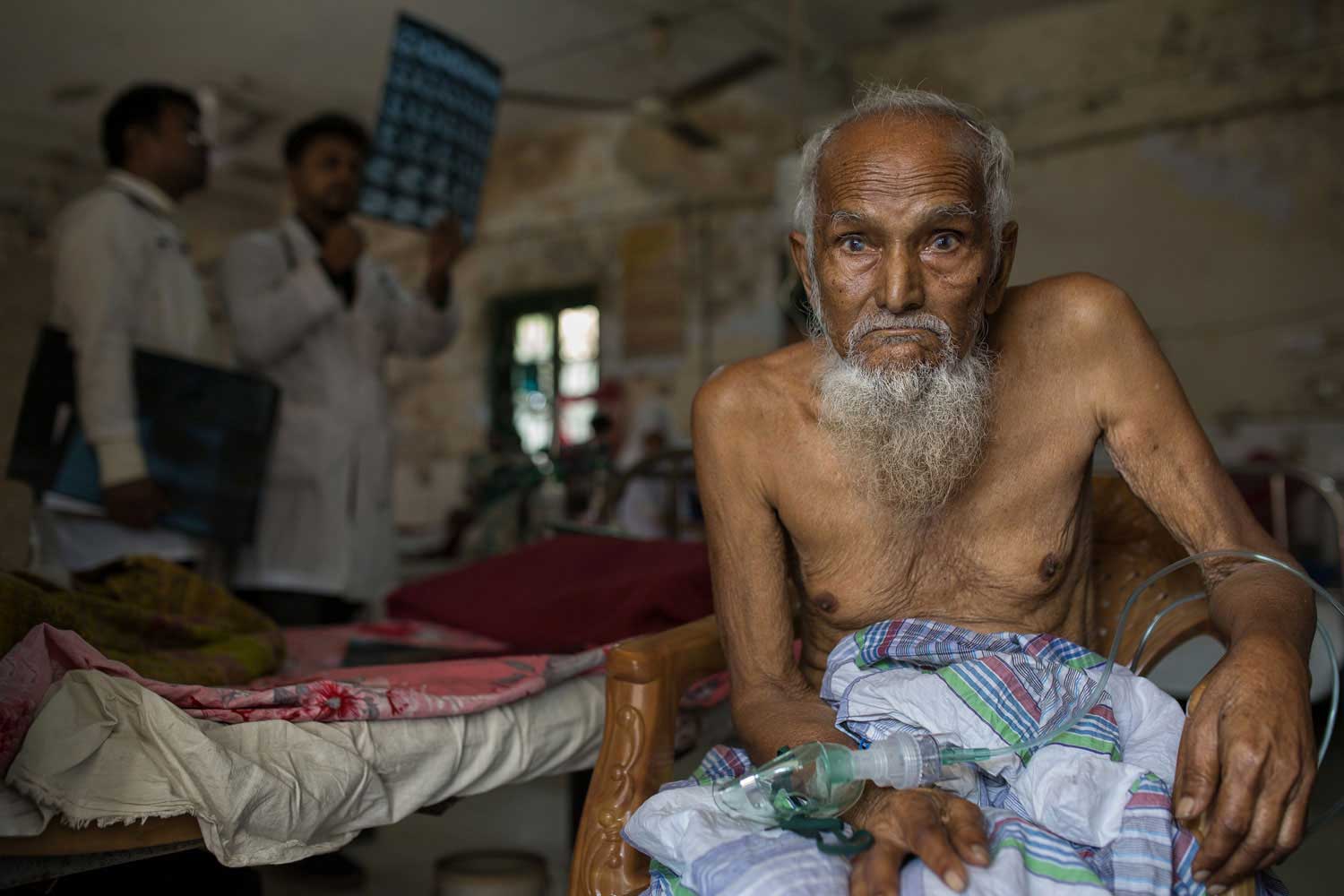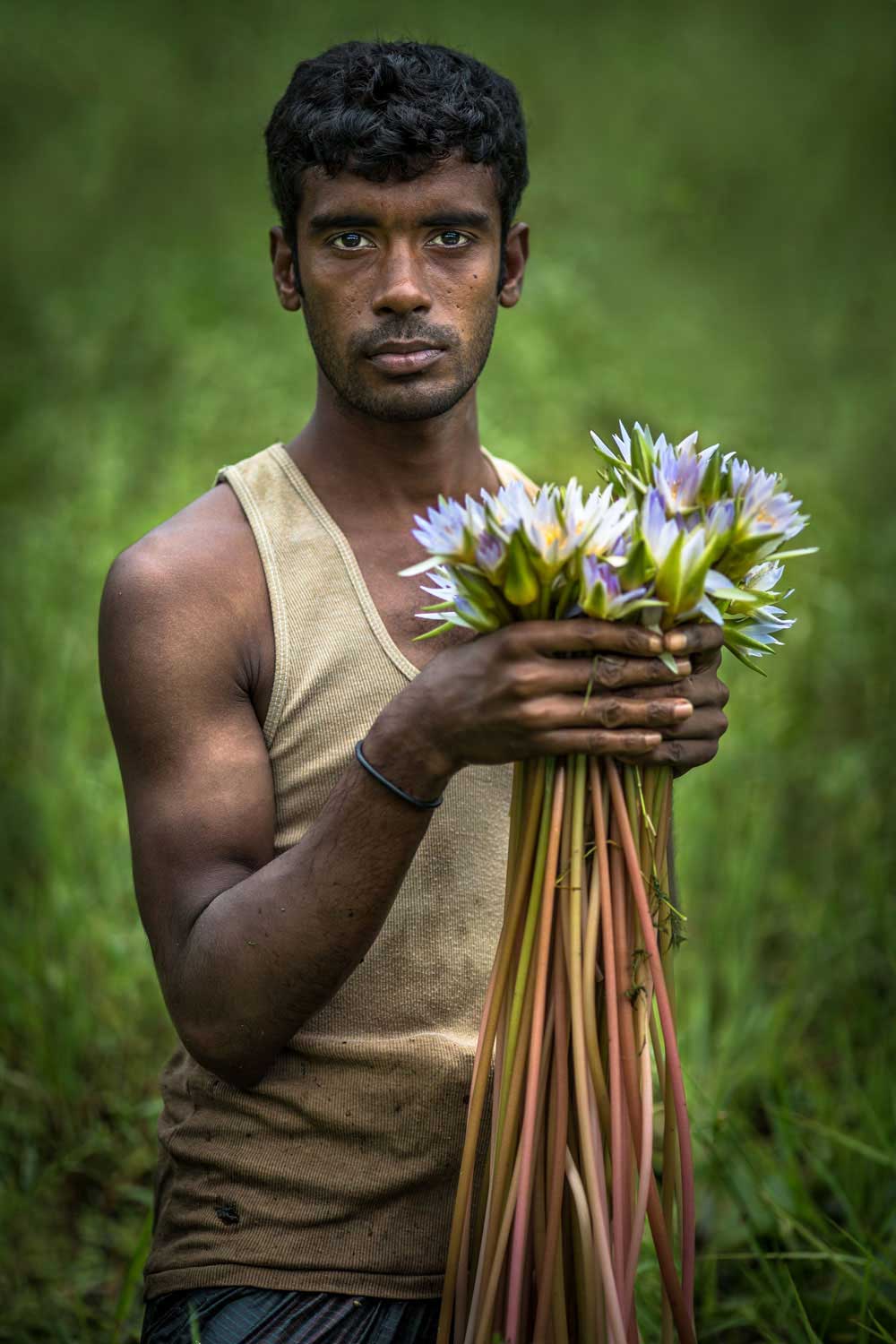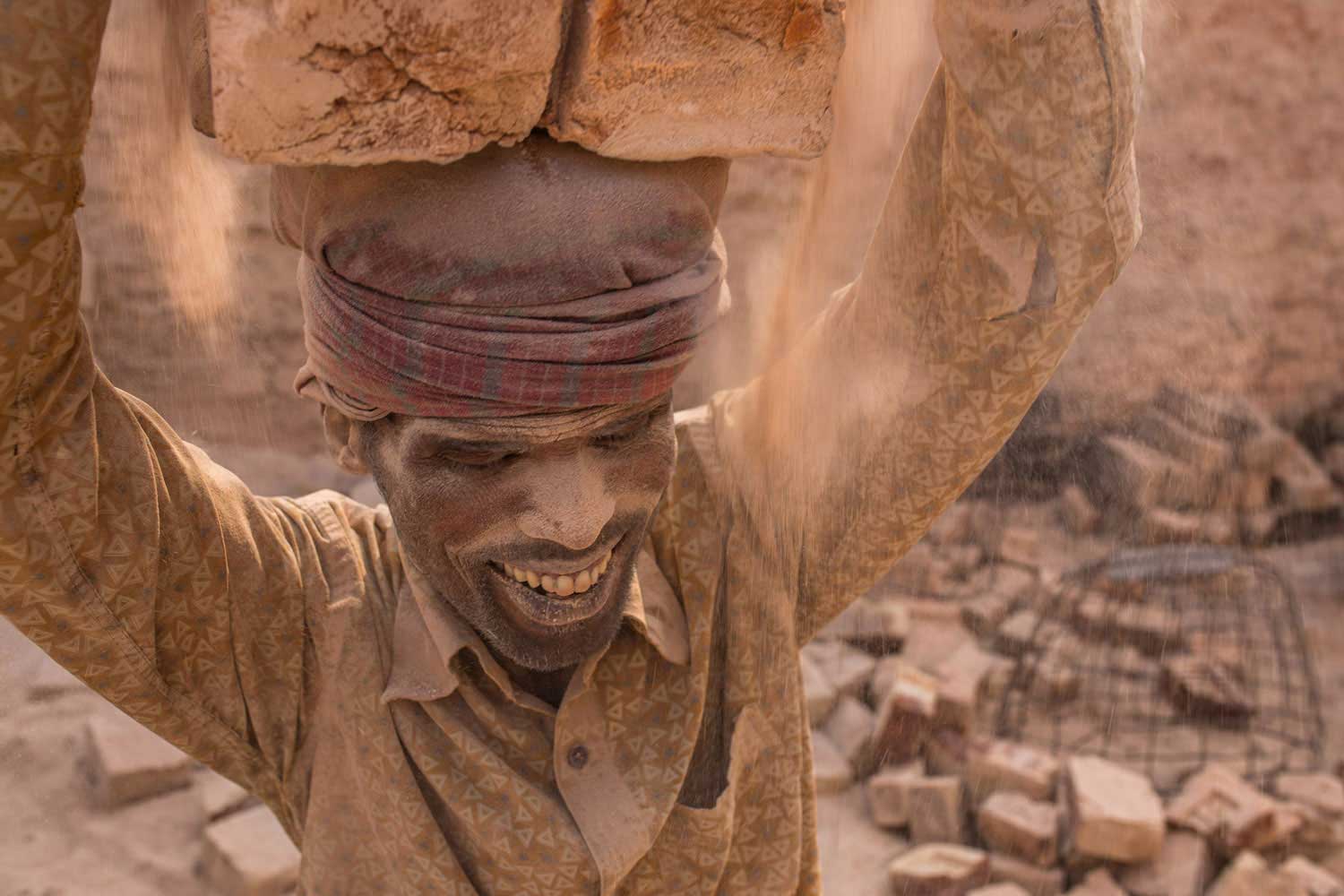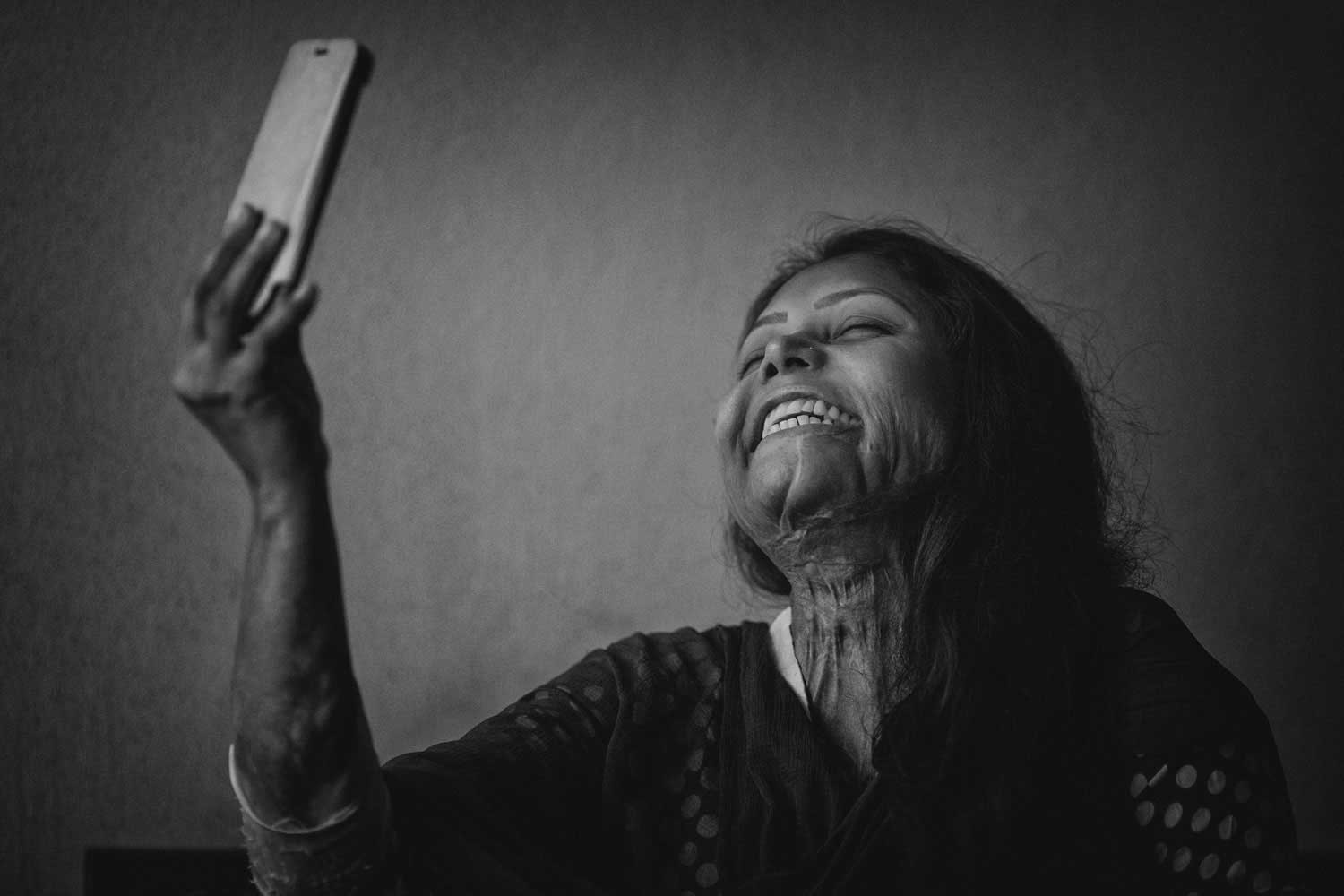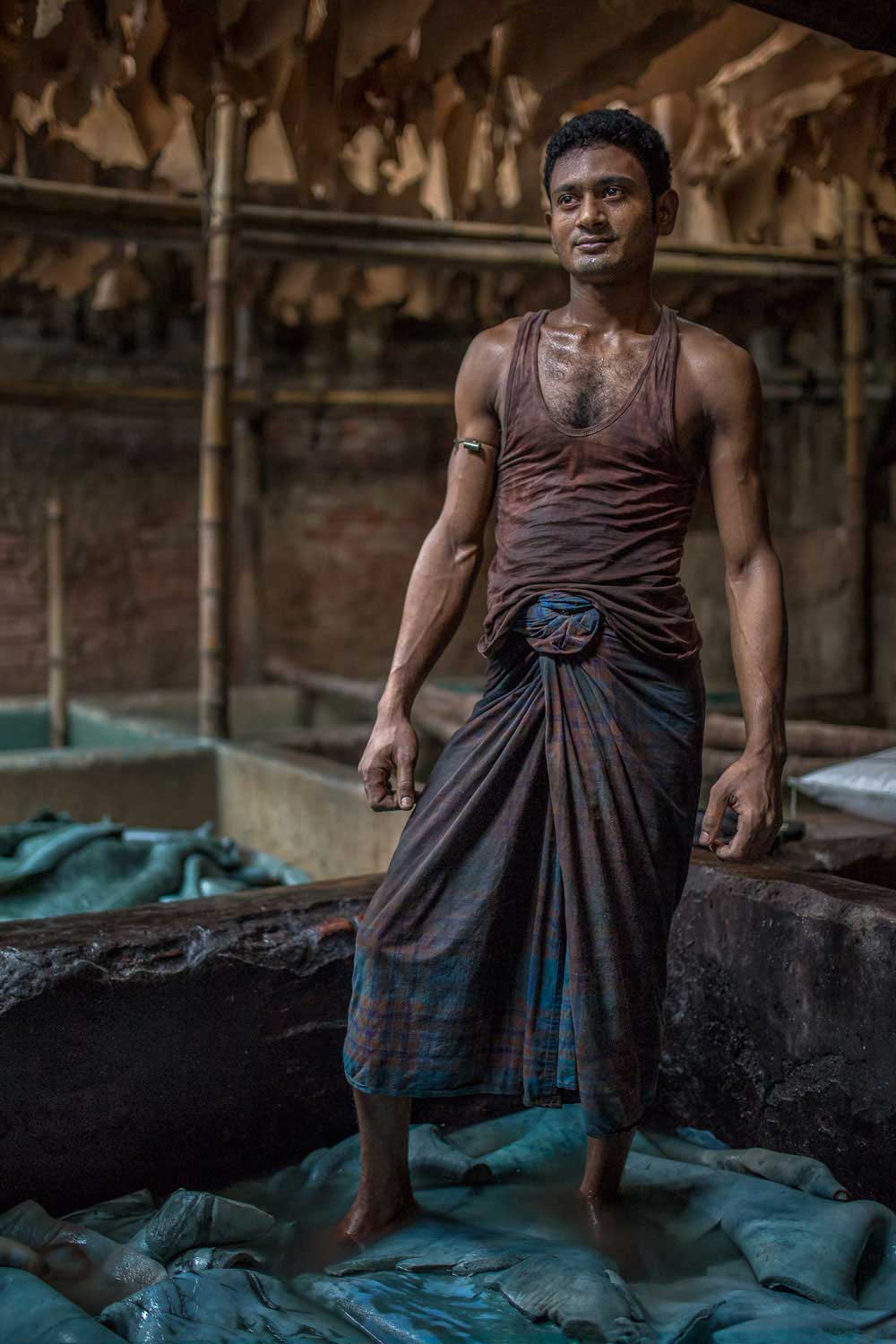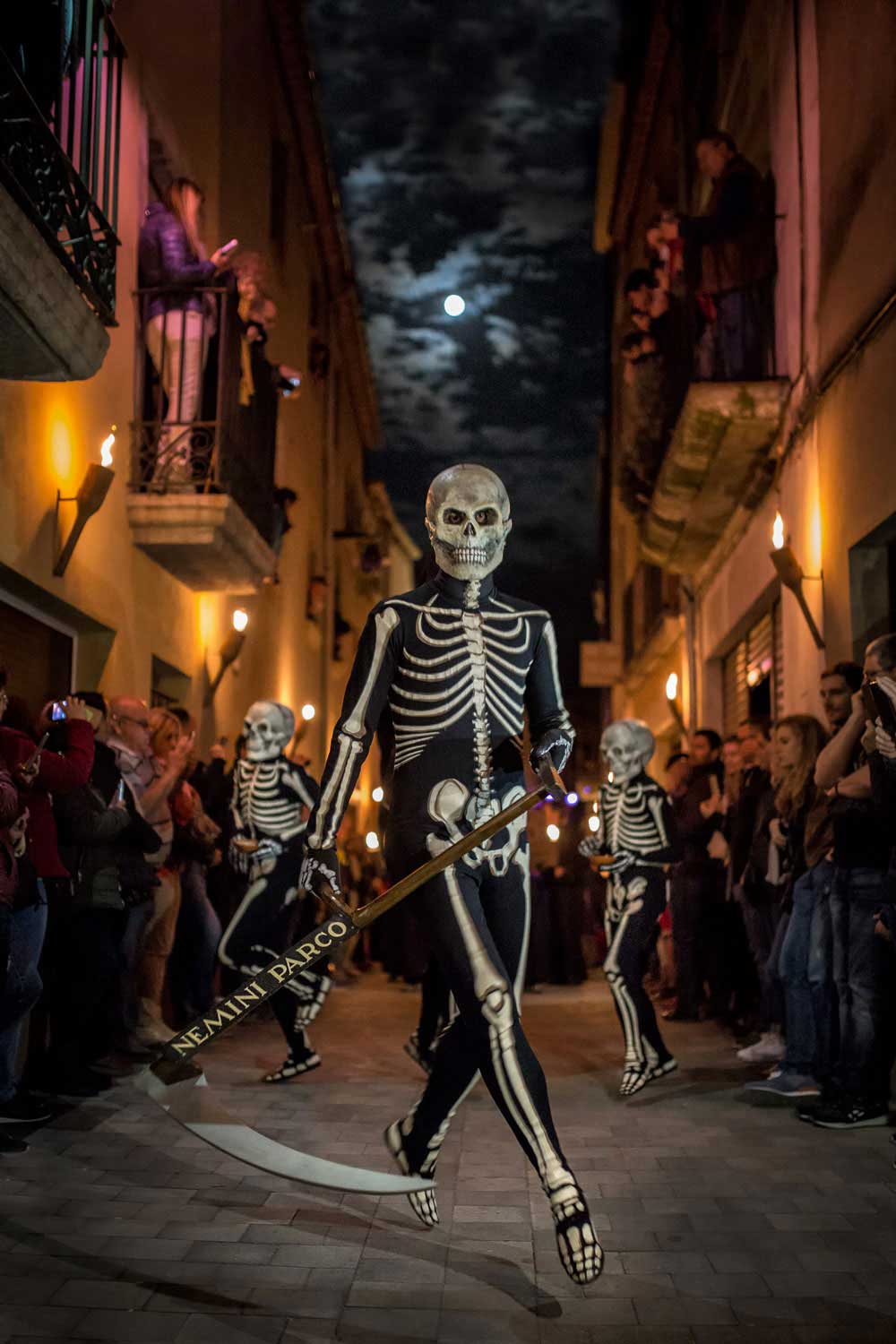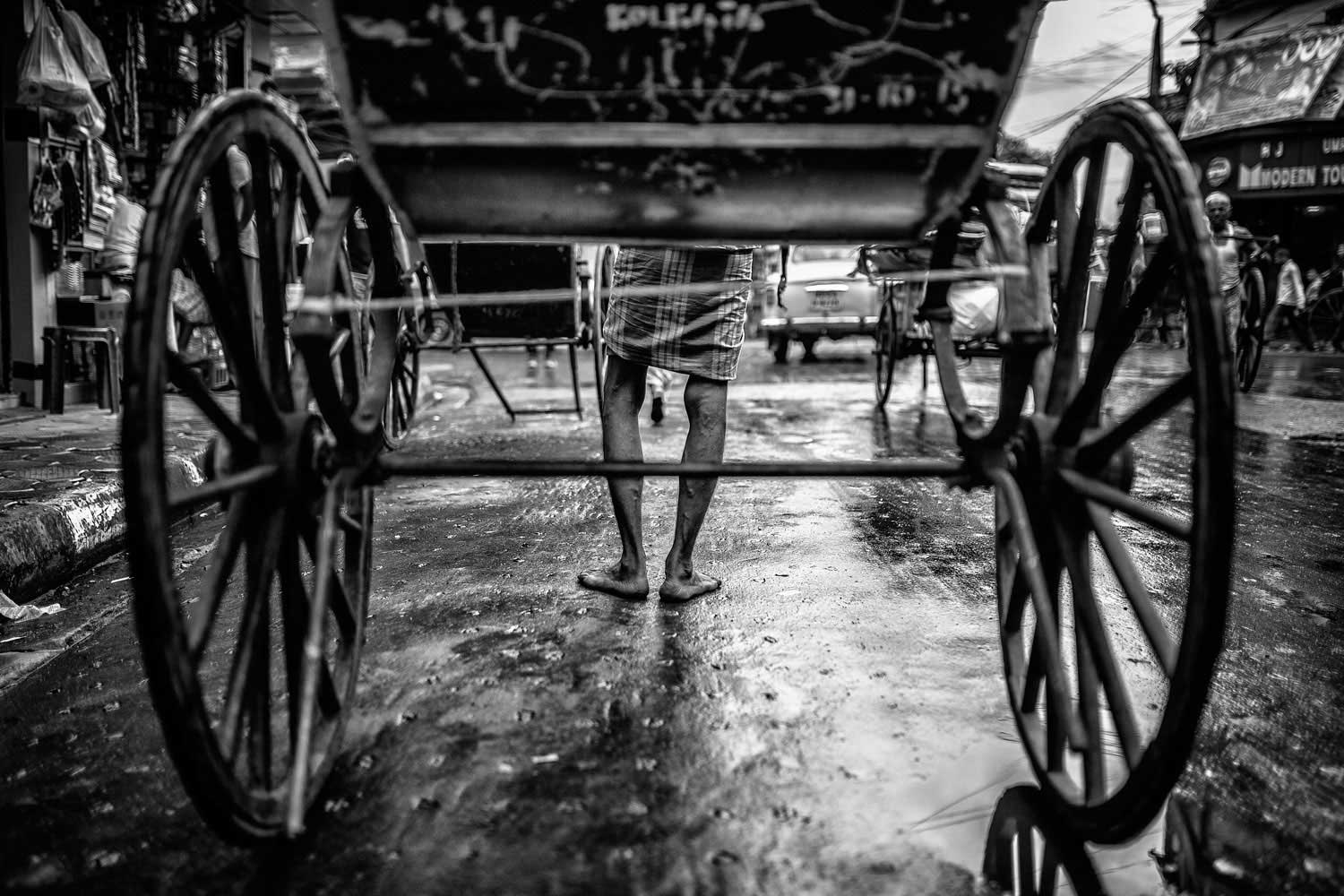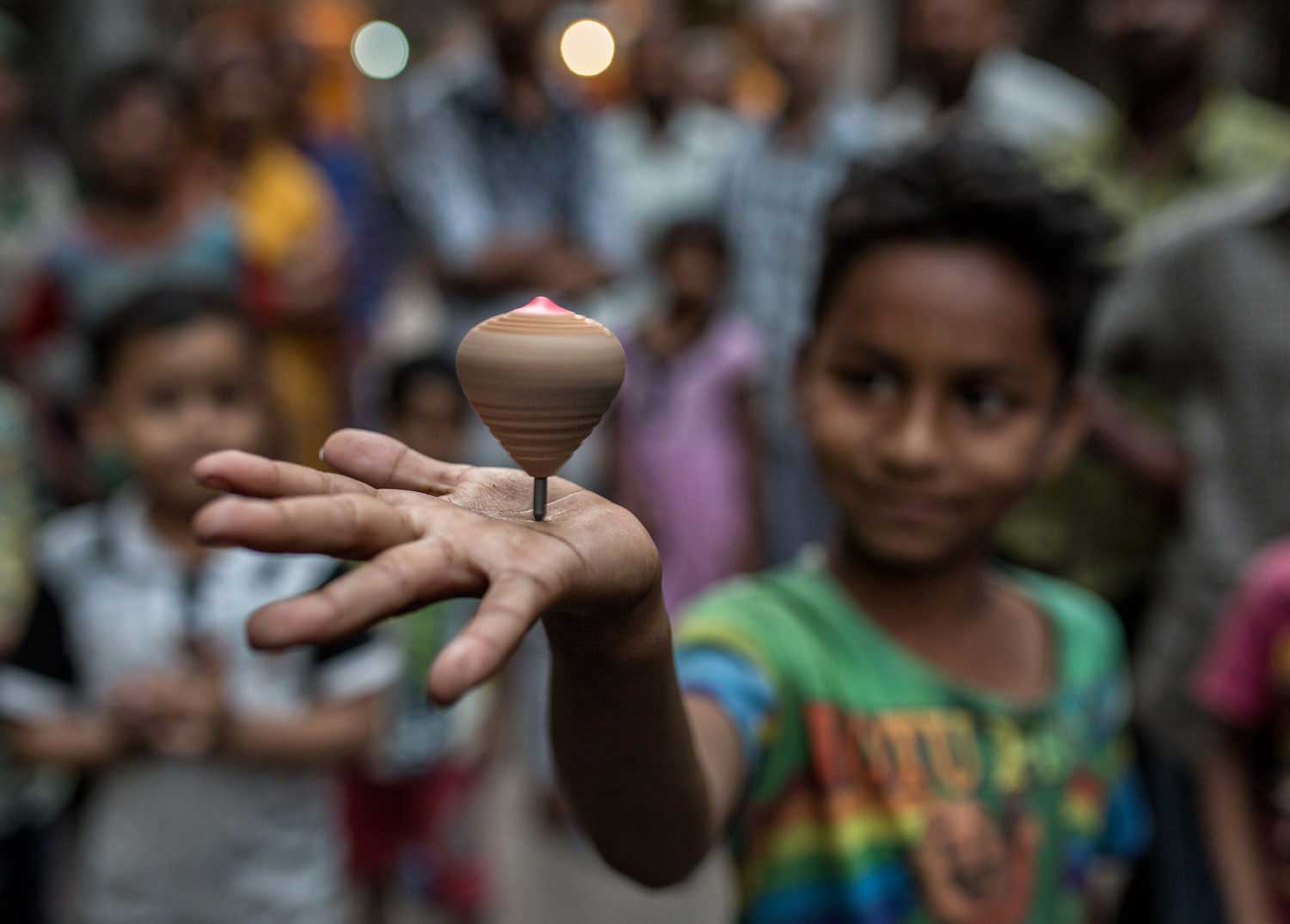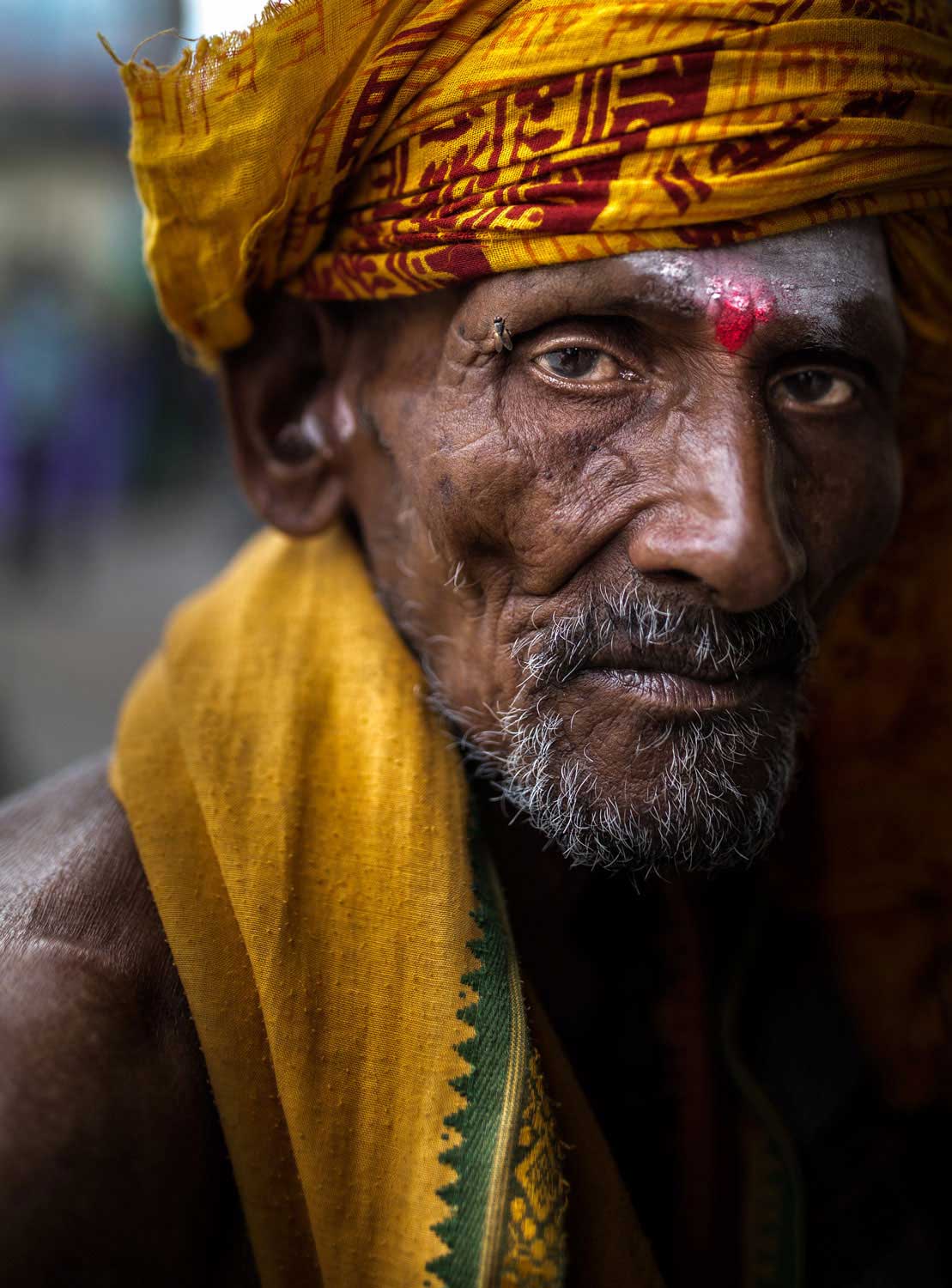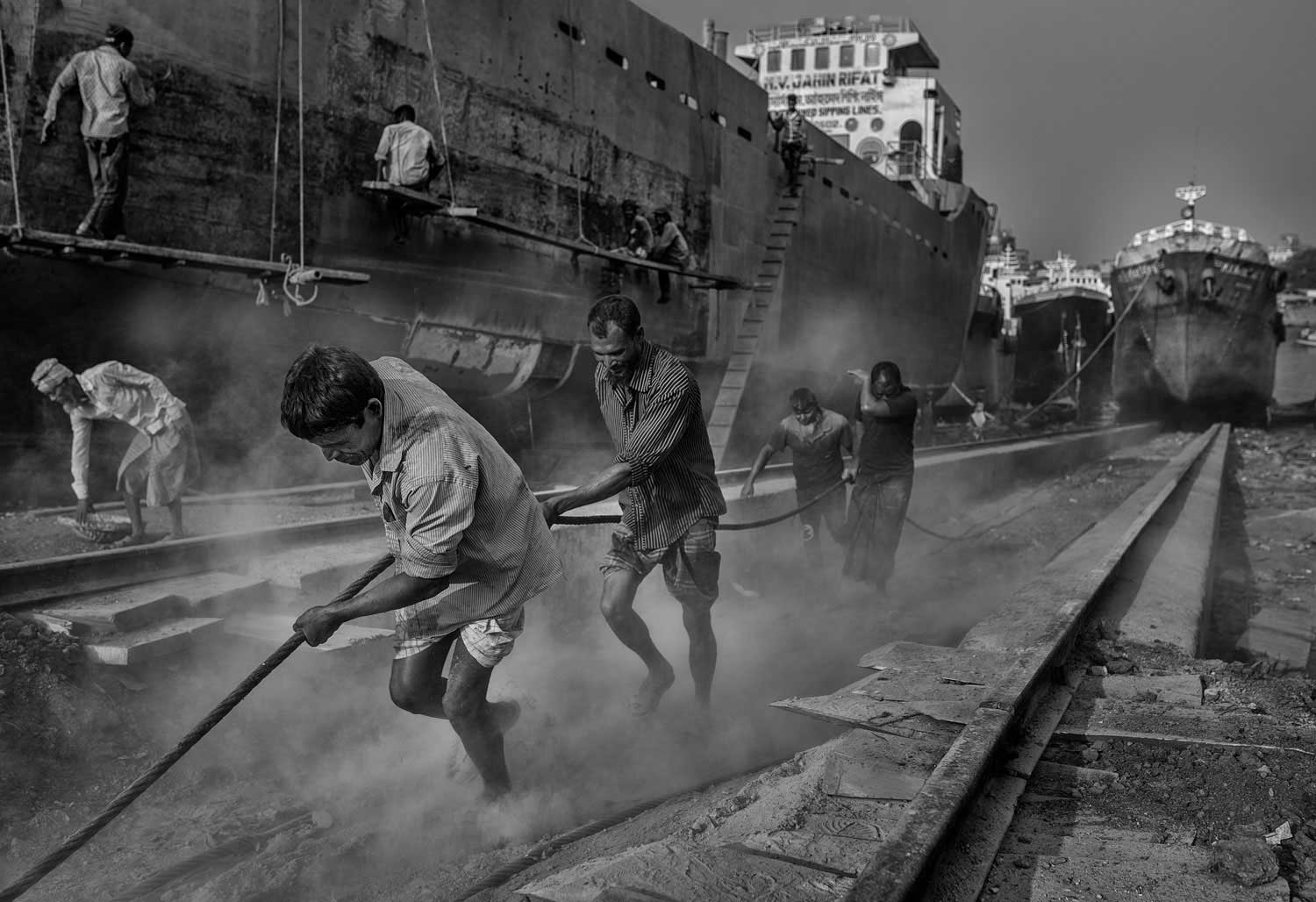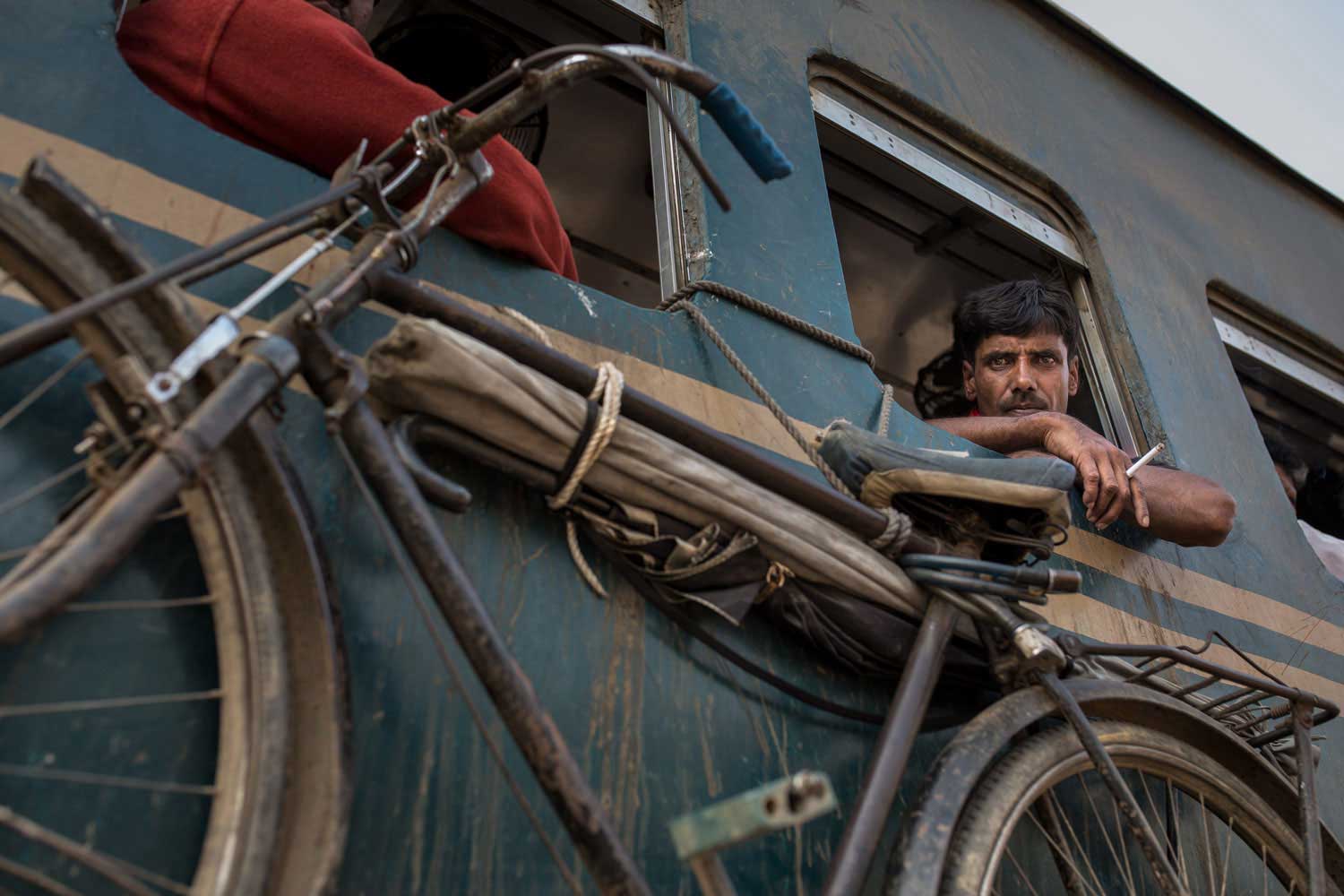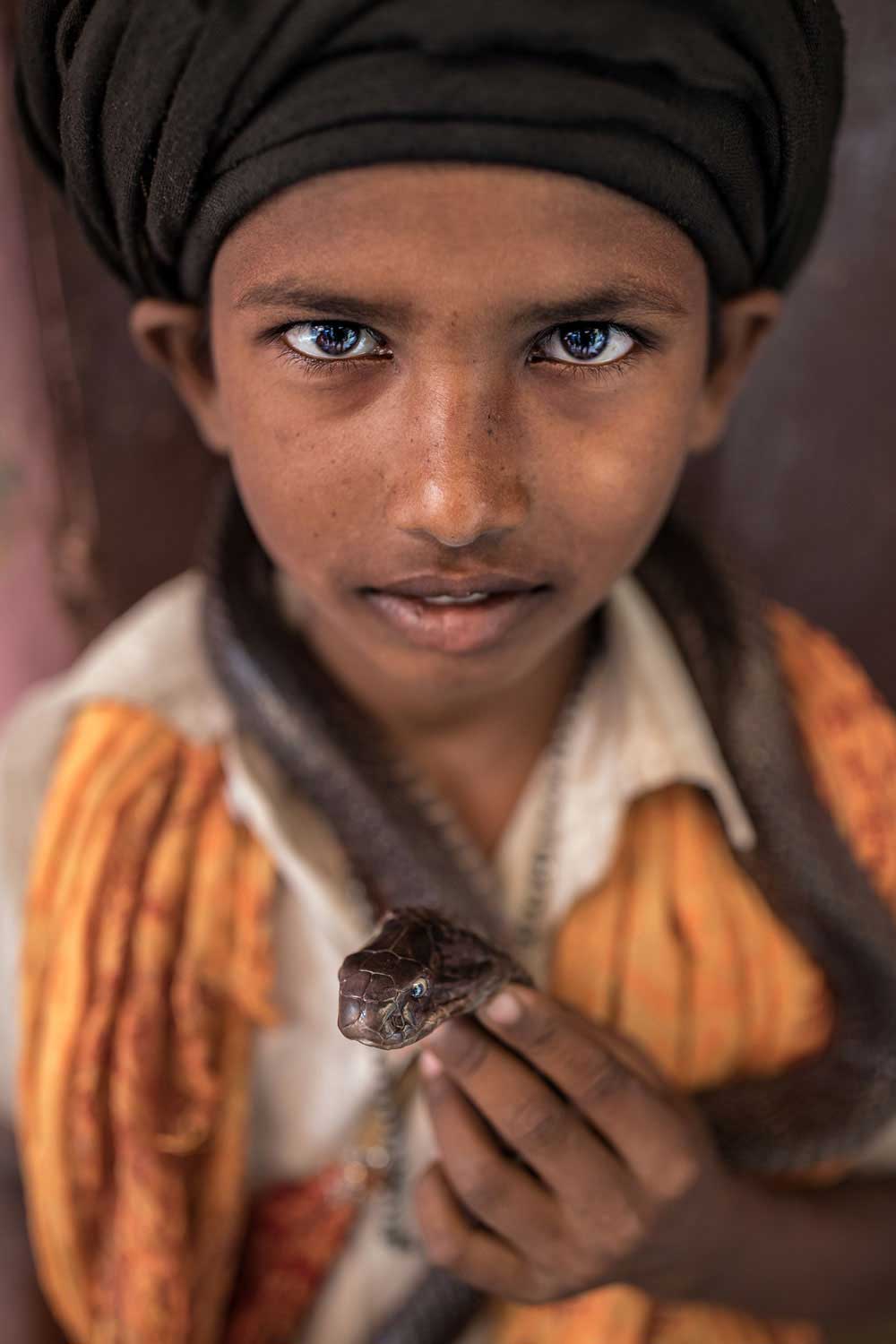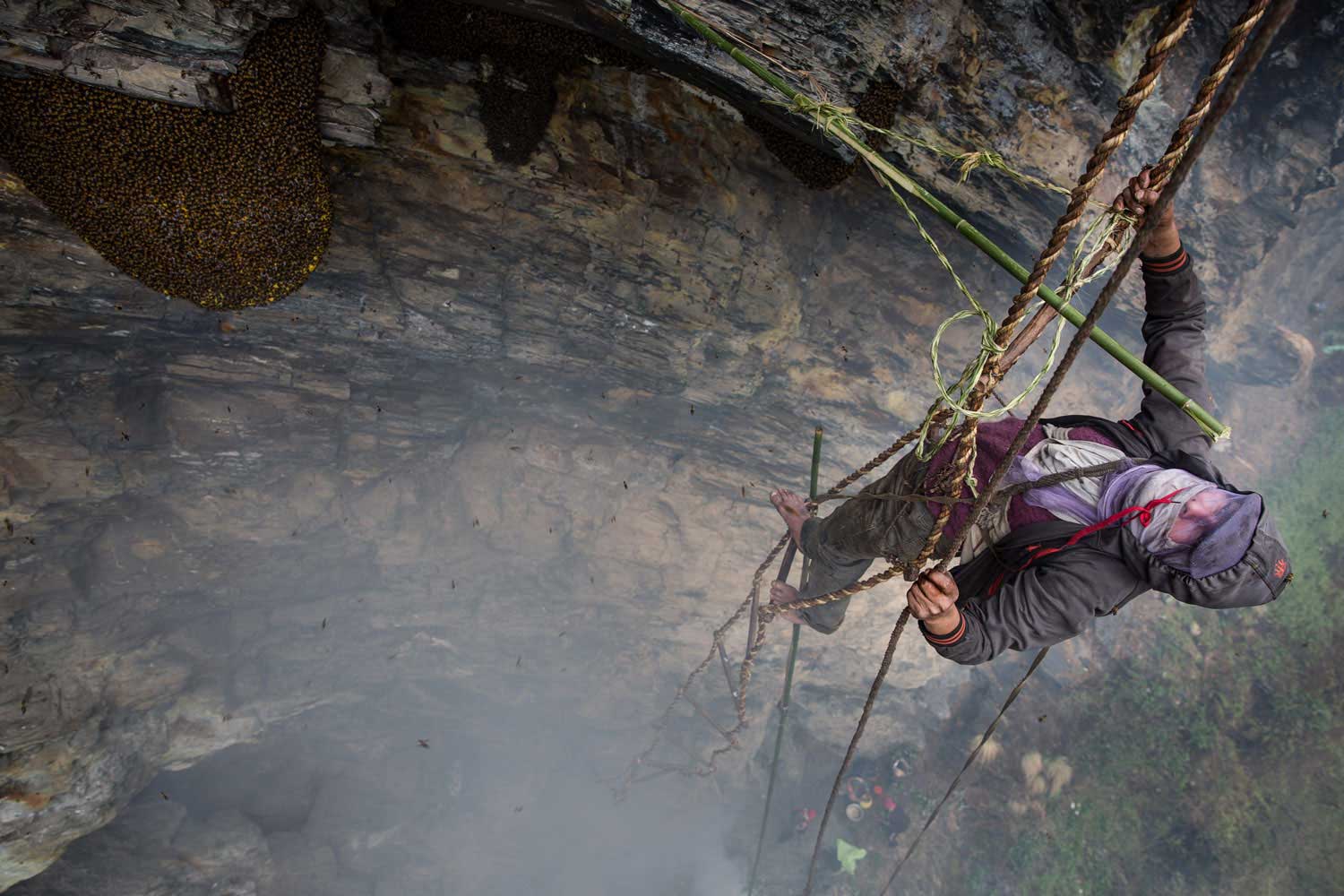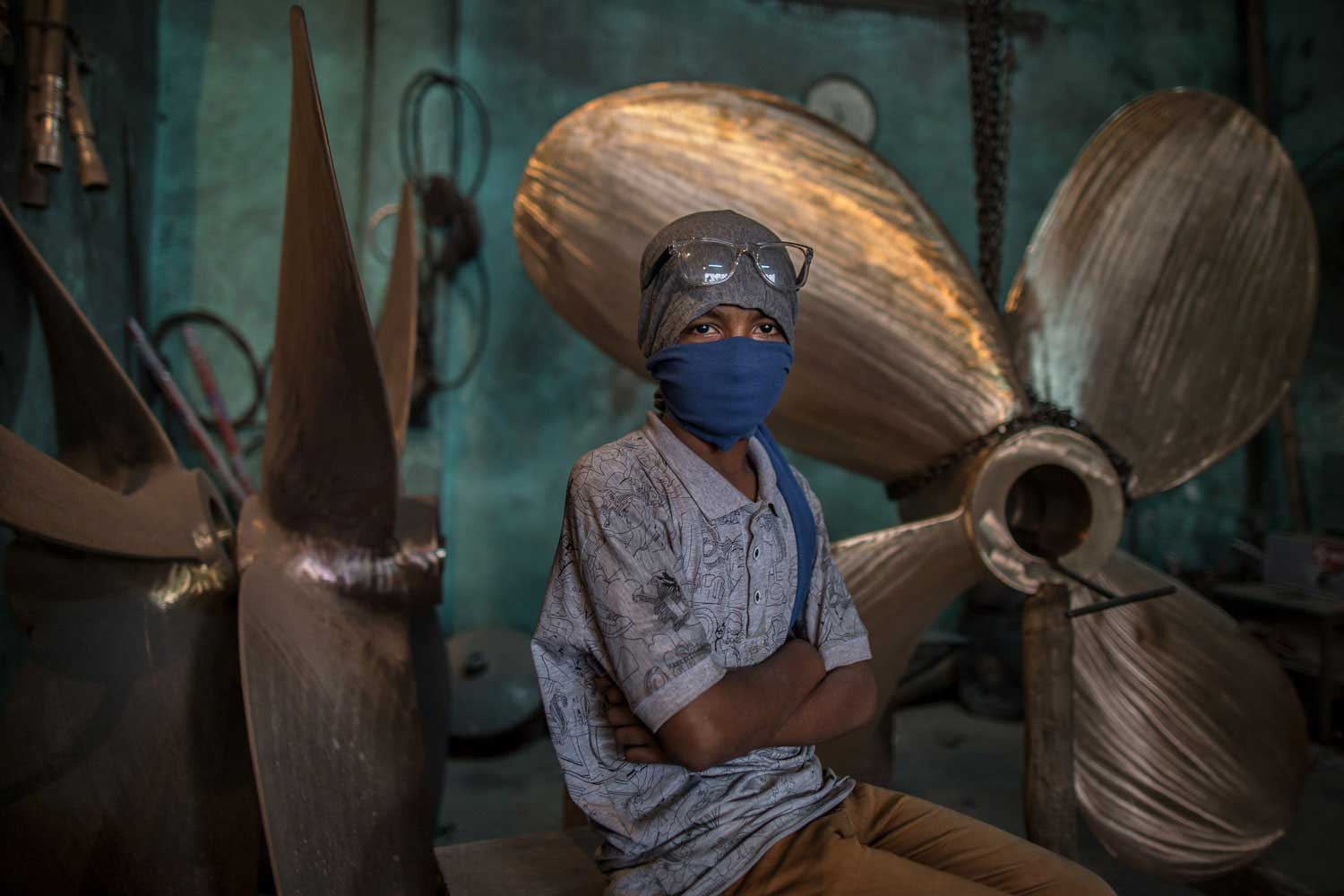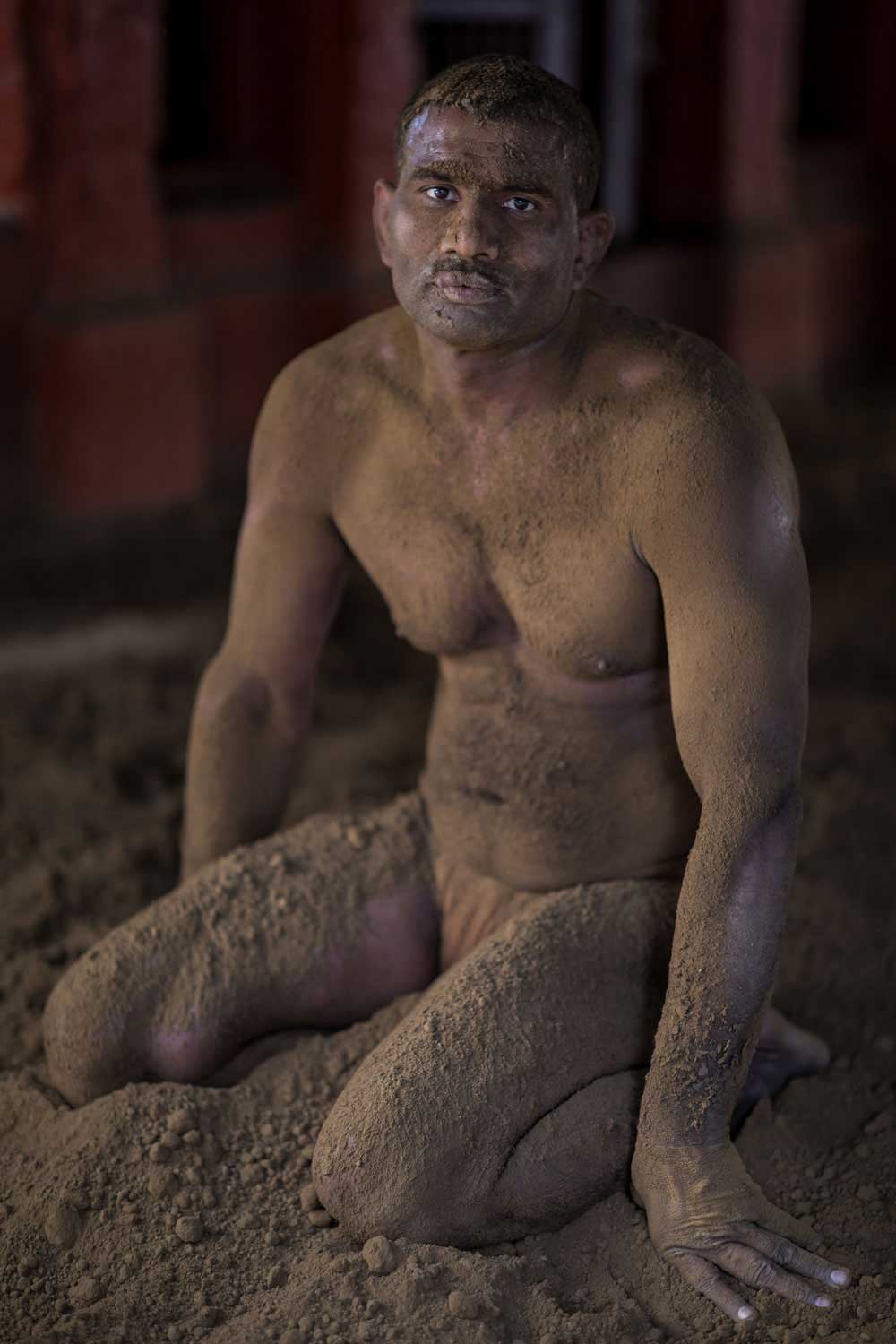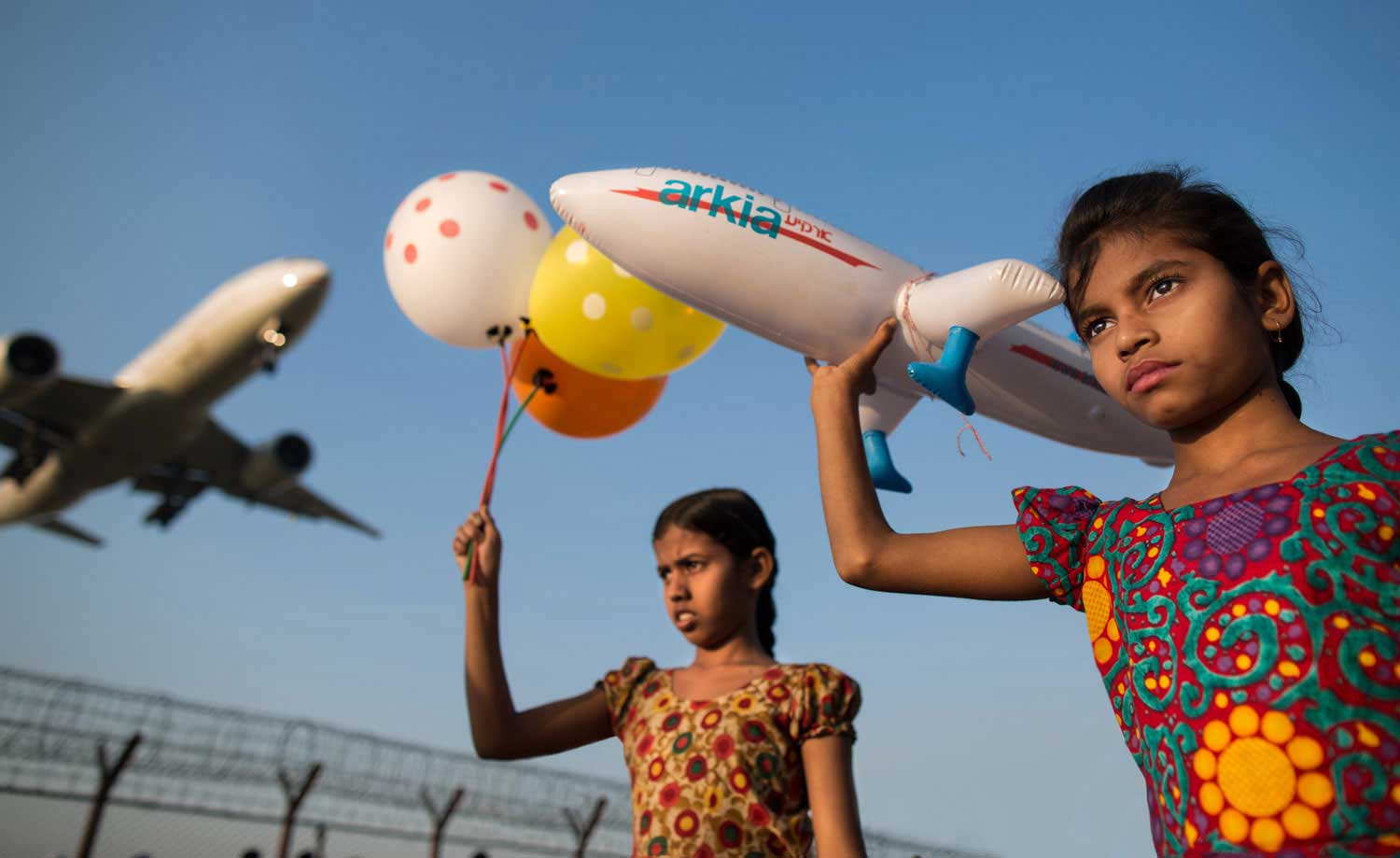Born and raised in a little village in the Italian Alps, now based in Barcelona, Mauro already felt from young age the desire to tell. He discovered that the camera was the right tool for him, the eye through which he could speak to the world.
An instrument that began to walk by his side towards a long journey of discovery. Definitely, to grow by himself, without the influence of schools, courses and lessons has slowed down the process of technical knowledge, but because of this he learned his own way of seeing and been formed and shaped by the environment and the people who surrounded him in his long travels.
“Although it is difficult to express, I think that the photograph represents my way of speaking and what I try to do through my language is to capture the sense of what I breathe and touch with my hands. Not only in appearance but also, and especially, in the essence; trying to express nuances and subtleties contained in a single frame. I think that’s part of my personality and my work fully expresses what I am. My story, my soul”.
As a photographer, the only powerful medium to express and communicate he possess, then, is his camera. A tool that offers an infinite range of perception and interpretation, creating images that stimulate and provoke thoughts. Mauro spent over a year working on several project regarding social and human rights issues in India and Bangladesh. This curiosity for such different cultures and ways of living led him to the country’s most hidden corners to capture the emotion and trauma of suffering humanity of several individuals and their unique histories. He explored the fragile balance between those people and their environment in realities like ship breaking yards, leather and bricks factories, transgender community and acid attacks survivors.
“During my long trips I had the good fortune to meet great people and from each one of them I absorbed something: happiness, joy, passions, and sometimes even anger, sadness and shame. Emotions that sometimes were like punches in the stomach that took my breath away. I always feel a huge responsibility in finding the correct approach with people, to be able to properly explain with the images what they experience to others that are not aware of it. Communication is always the first move to learn each other’s values but sometime even that is not necessary. Sometime smiles and glances are enough to gradually build a mutual trust and soon the mental and emotional barrier between me and the people I meet brakes almost immediately. Despite often the conditions and situations in which I am are not easy, I always do my best to capture those smiles and joy. It’s extremely important for me to show those particular emotions because they represent their strength and resilience. I am convinced It’s a source of inspiration for all of us because it shows that anything is possible when you face something with the hearth and the courage from within. The determination they show in the images I take is an extraordinary example of how every challenge can be converted into opportunity”.
Reproduce all these different moods into images is to evoke an emotion in someone else. Draw public attention to real-life situations. Stop people and make them think. His pictures are a visual story able to highlight unseen or ignored realities. A vital tool that can help bring about social changes.
“Photography is a fantastic storytelling medium. Just ask yourself what story you want to tell and photography can bring you there”.
